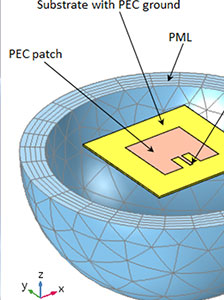Use of Computational Simulation of Medical Technology – Part 4
Making it Work: Manufacturing Technology Once a functional product design has demonstrated the ability to meet the technical and market needs, developers must turn their attention to manufacturing the product with the required degree of precision, reliability and cost. Simulation of all or part of the manufacturing process can be both informative as well as […]
Use of Computational Simulation of Medical Technology – Part 4 Read More »
